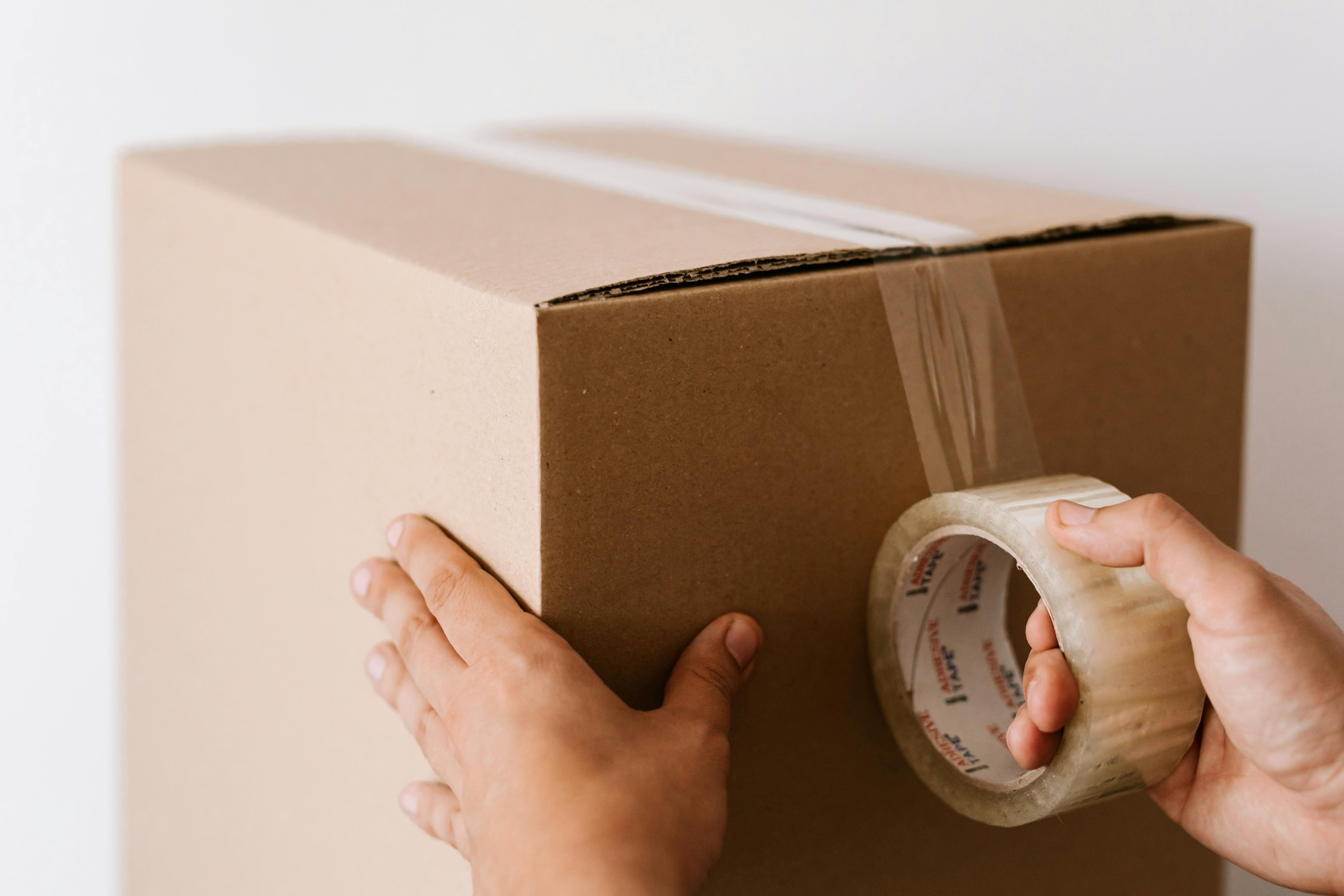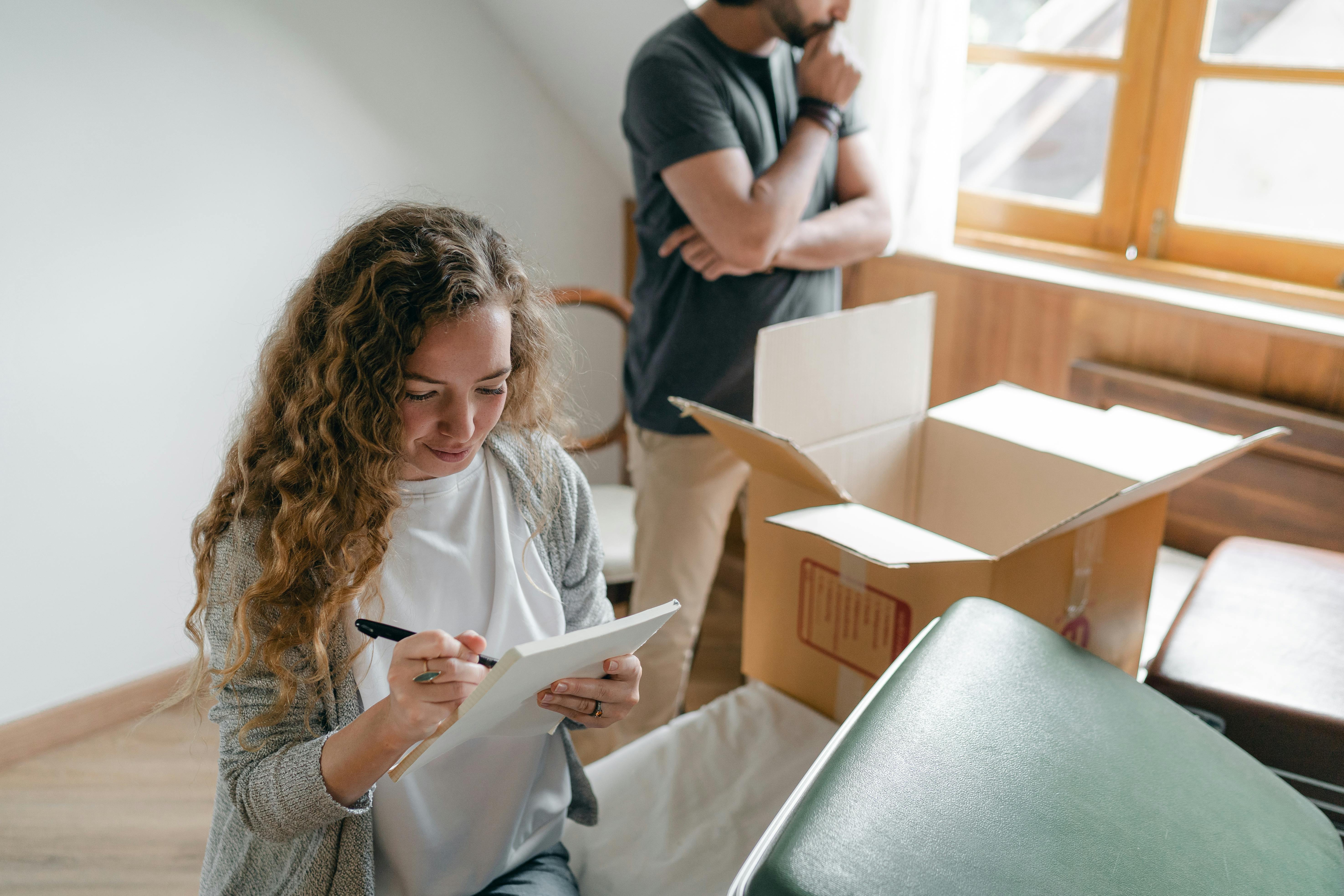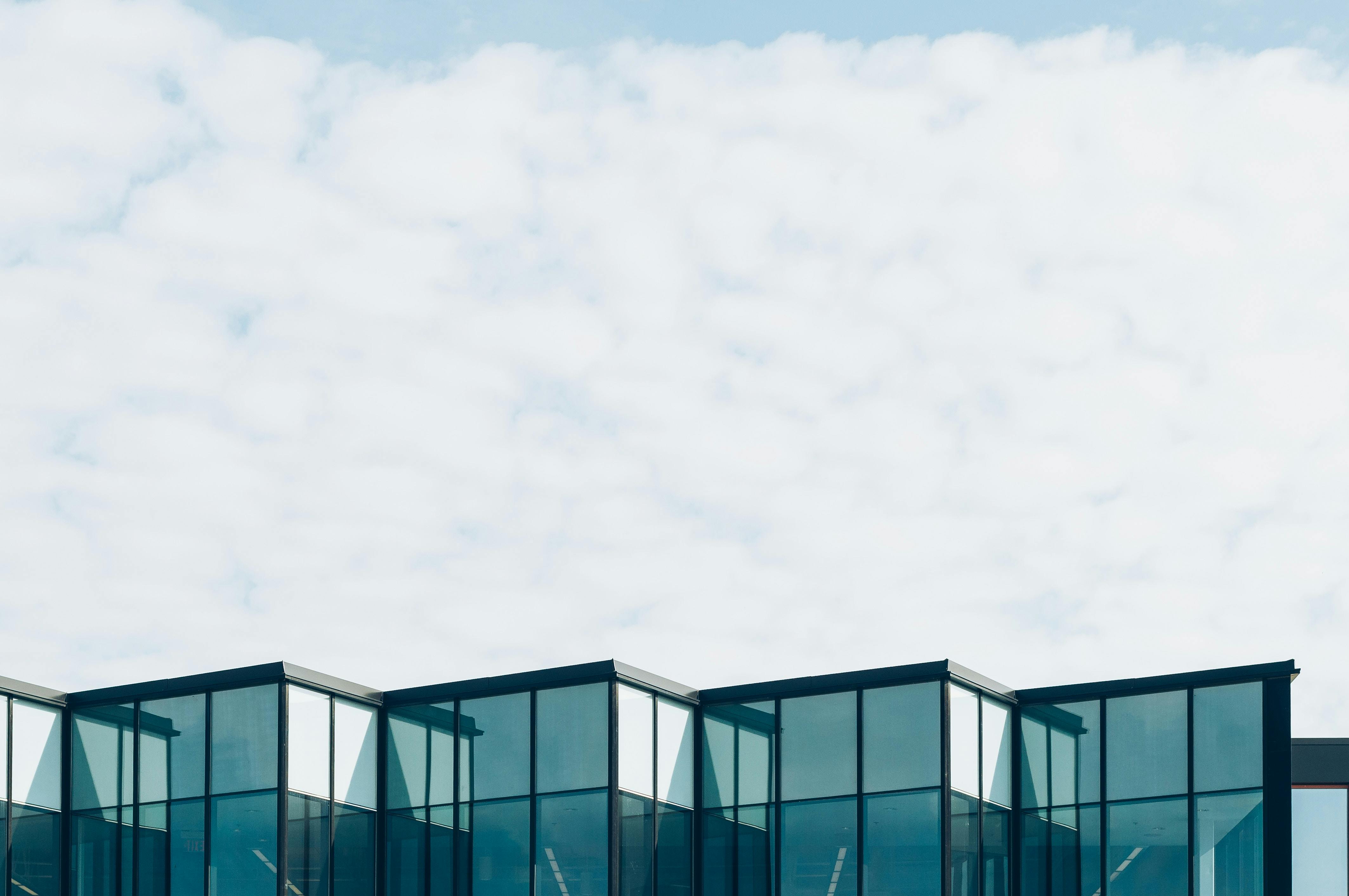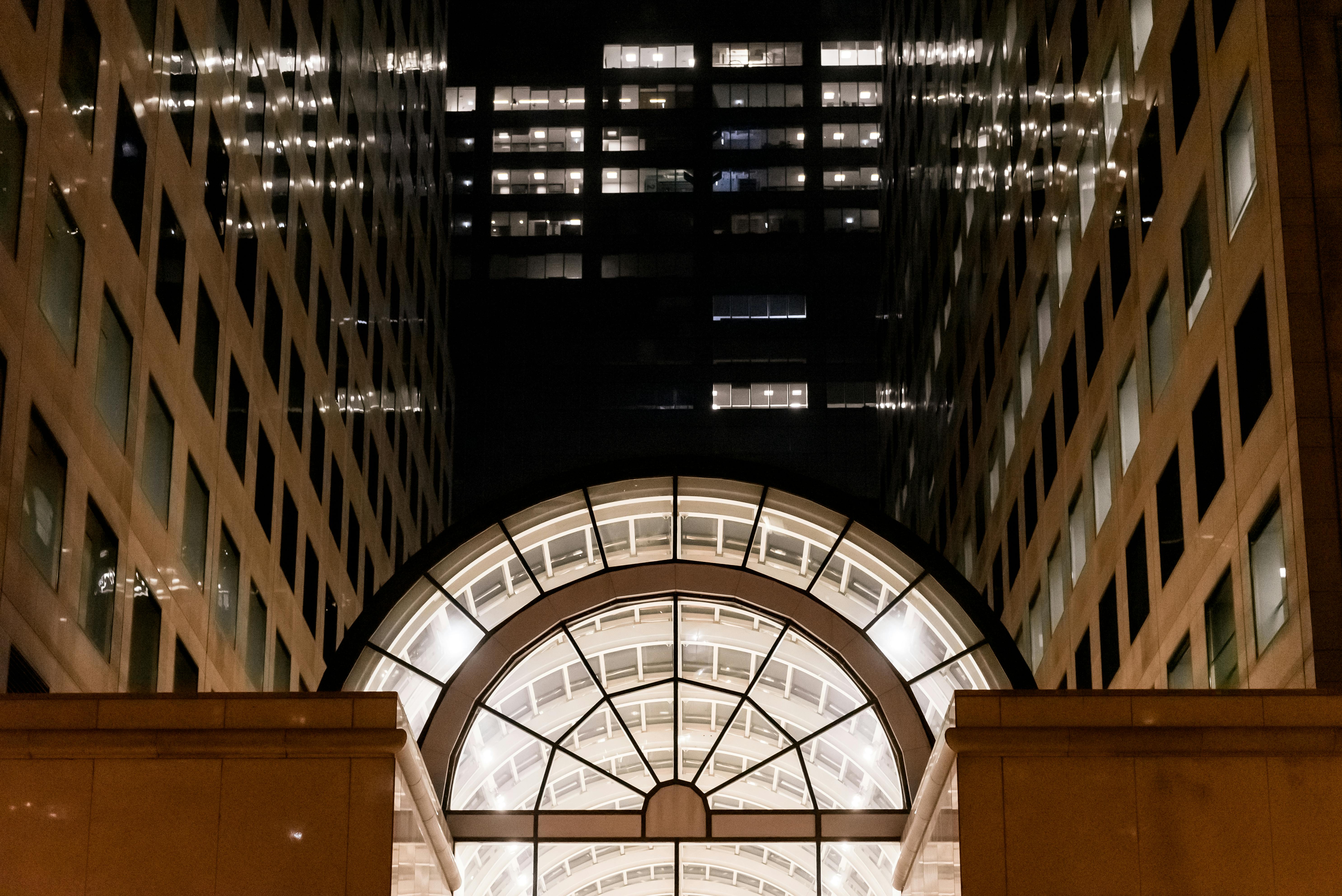Solar energy as a renewable energy is gaining more momentum every day. While here in the United States we typically think of small stand-alone residential and commercial installations or large utility-supplied systems, there is great potential for solar-powered electricity in developing countries.
It is mind-boggling to realize that almost 44 percent of developing countries in Africa, Latin America, and Asia do not have access to electricity and only 1 percent of global solar panel production has been installed in those countries. This could change considerably in the next ten years.
The main problem in bringing solar power to these areas is, of course, how to pay for it. Around 2 billion people live in rural areas without electricity. Although most of these people are poor, about 40 percent of them spend $5 to $10 a month on lighting, mainly through kerosene lamps. Individual solar installations could be less expensive than building the infrastructure for conventional power lines, especially in areas where buildings are far apart. While the cost of the equipment is reasonable, the infrastructure for construction, installation, and ongoing maintenance is often the most challenging.
There are many alternative systems available, but two have recently come to my attention.
The first is very simple and doesn’t seem worth much at first glance until you realize that the only light at night for many of the world’s poor is fire or a kerosene lamp. The smoke and fumes from these lamps are a huge health problem not to mention pollution. There are organizations that help establish, educate, and finance micro-enterprises to convert kerosene lamps to electric lamps. They install a small solar panel, battery, and light-emitting diode lamps. Families pay for conversions and future battery replacements from their ‘kerosene budget’, which can now be greatly reduced as sunlight is free.
The other system is a prepaid system where solar panels and associated equipment and batteries are installed in homes along with a card reader. A local ‘solar store’ sells electricity credit cards to homeowners. The store has equipment to recharge cards and monitor usage to anticipate future battery changes. The homeowner swipes his card to use the electricity from the system. These systems usually cost around $200.
These are just two ways that electrical power is provided to the poor. As infrastructure and government subsidies are established, there will be more investment in these areas of the developing world. In addition, DIY solar power will play a bigger role as local people become more familiar with solar power.









